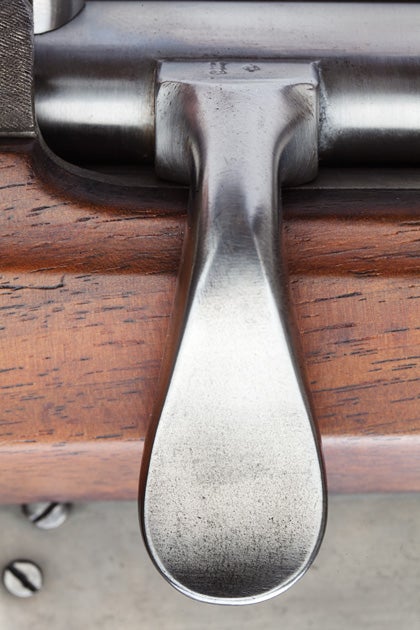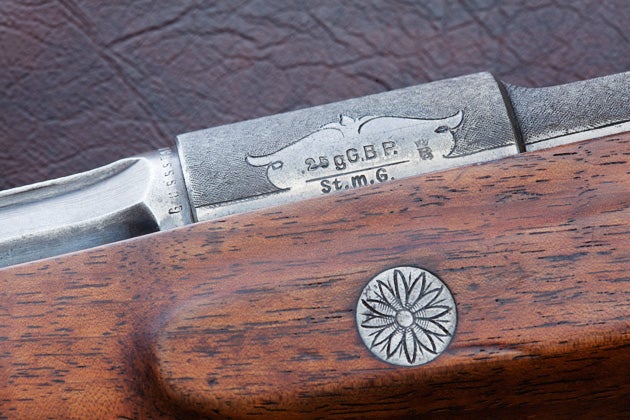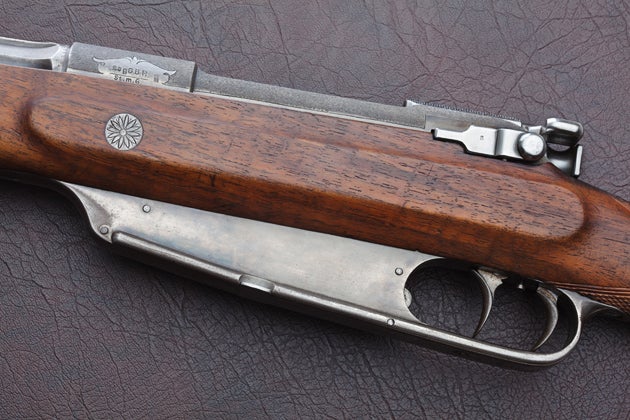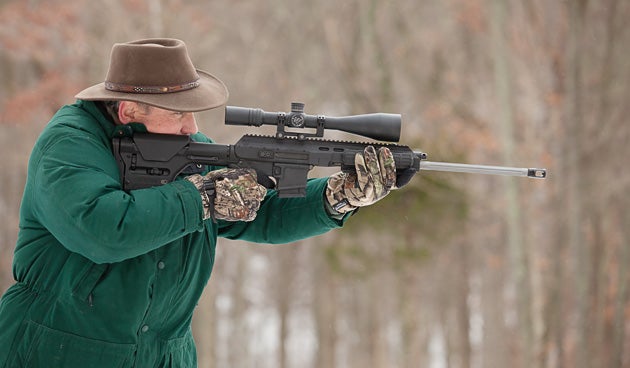Factory Military Sporter Rifles
Oleg Volk 03.10.14

Sporterizing of military surplus rifles has a very bad reputation. Usually, that involves roughly chopping the stock to reduce weight, removing protective ears from around the front sight, and other irreversible steps, turning a historic artifact into a hunting rifle of marginal utility. The practice made some sense back when military surplus rifles and ammunition for them were dirt cheap, while factory sporters were relatively expensive. But that hasn’t been the case for a decade or more.
The whole concept of turning military rifles into sporting arms dates back to the 1890s when surplus Berdan rifles retired from Russian army service were turned into 16ga and 12ga shotguns and various pistol caliber carbines. Those guns were more affordable than most commercial offerings, but they were rough and ready and not very prestigious.
By contrast, more impressively finished and fitted factory sporters came out of West European armories alongside the standard military models. One such example is based on the German 1888 Commission rifle. Although dismissed as a mere stopgap before the more famous 1898 Mauser rifle, this design was a basically sound concept. The details of the execution were lacking, resulting in a heavy, rust-prone device that could have been foisted onto soldiers but not onto hunters who had other choices. Other choices in the narrow category of powerful, relatively small caliber, smokeless cartridges were few enough that a hunting variation of the infantry rifle gained some popularity.

The first round of changes deleted such features as the barrel jacket and the barrel bands. Hunting rifles aren’t used for bayonet charges, after all.
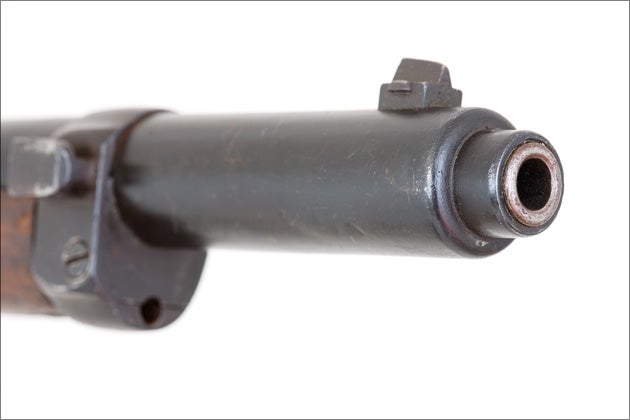
Since they are not used for creating beaten zones at a thousand meters, the graduated sight was replaced with a much simpler three-leaf design.
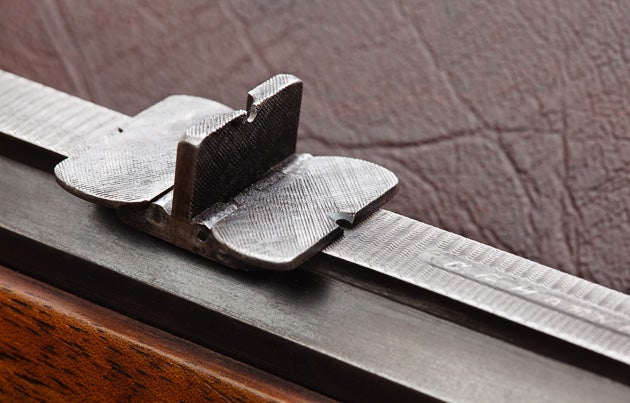
Better wood and more ornate metal work made this sporter a visual improvement on the spare military original.
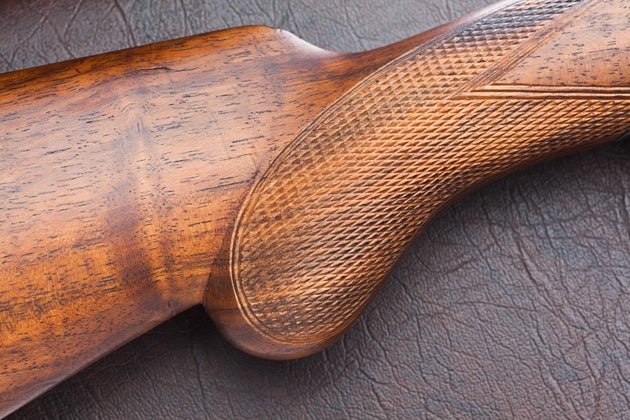
The 1888 loaded from Manlicher-style en bloc clips. Once the last round was chambered, the empty clip would fall through the bottom of the magazine. On a hunting rifle, such an expedient for increasing the rate of fire was unnecessary, so a hinged cover was added to retain the clip.
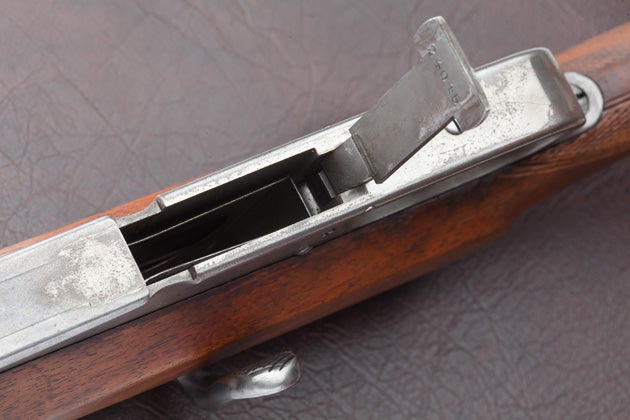
The original straight bolt handles were replaced with more compact “butterknife” handles.
For pure aesthetic benefit, pins and controls were extensively decorated.
The resulting rifle combined the relatively advanced features of the military design with the attention to detail expected of the commercial offerings. It turned out to be a viable idea. Until recently, most hunting rifles were bolt actions derived directly or indirectly from the 1888 successor, the Mauser 1898.
Fast-forwarding to present day, we see the same approach to sporting rifles. The most popular design today is the AR-15 from which both the army M16 and M4 and the many civilian variants came. The modular nature of the original means that more than just furniture and sights can be changed. Calibers, mode of operation (gas, pure blowback, even single shot and pump), specialized sights, and stock shapes enable the AR-15 to fill almost every niche of non-military use, from hunting to sports to training.
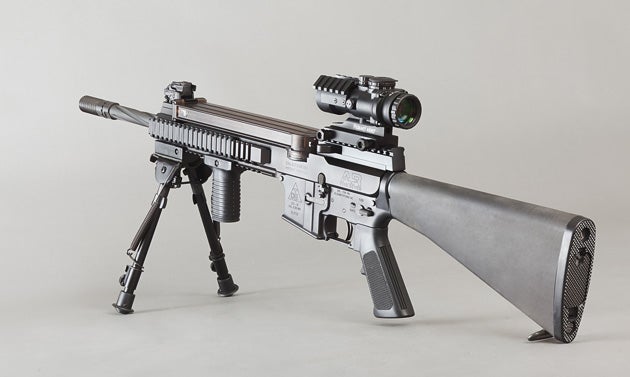
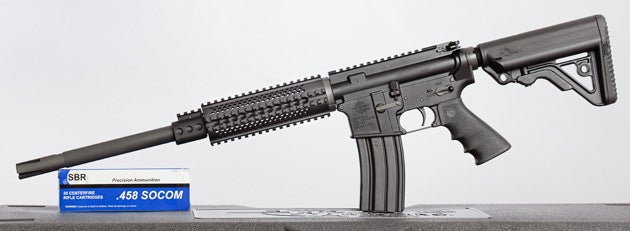
- Long-stroke piston 5.56×45 medium game rifle
With dozens of calibers, hundreds of furniture choices, barrel options, and sights, the AR-15 is the modern military sporter. And unlike the 1888 sporter, it’s the civilian rifle that gave rise to the military variant.
